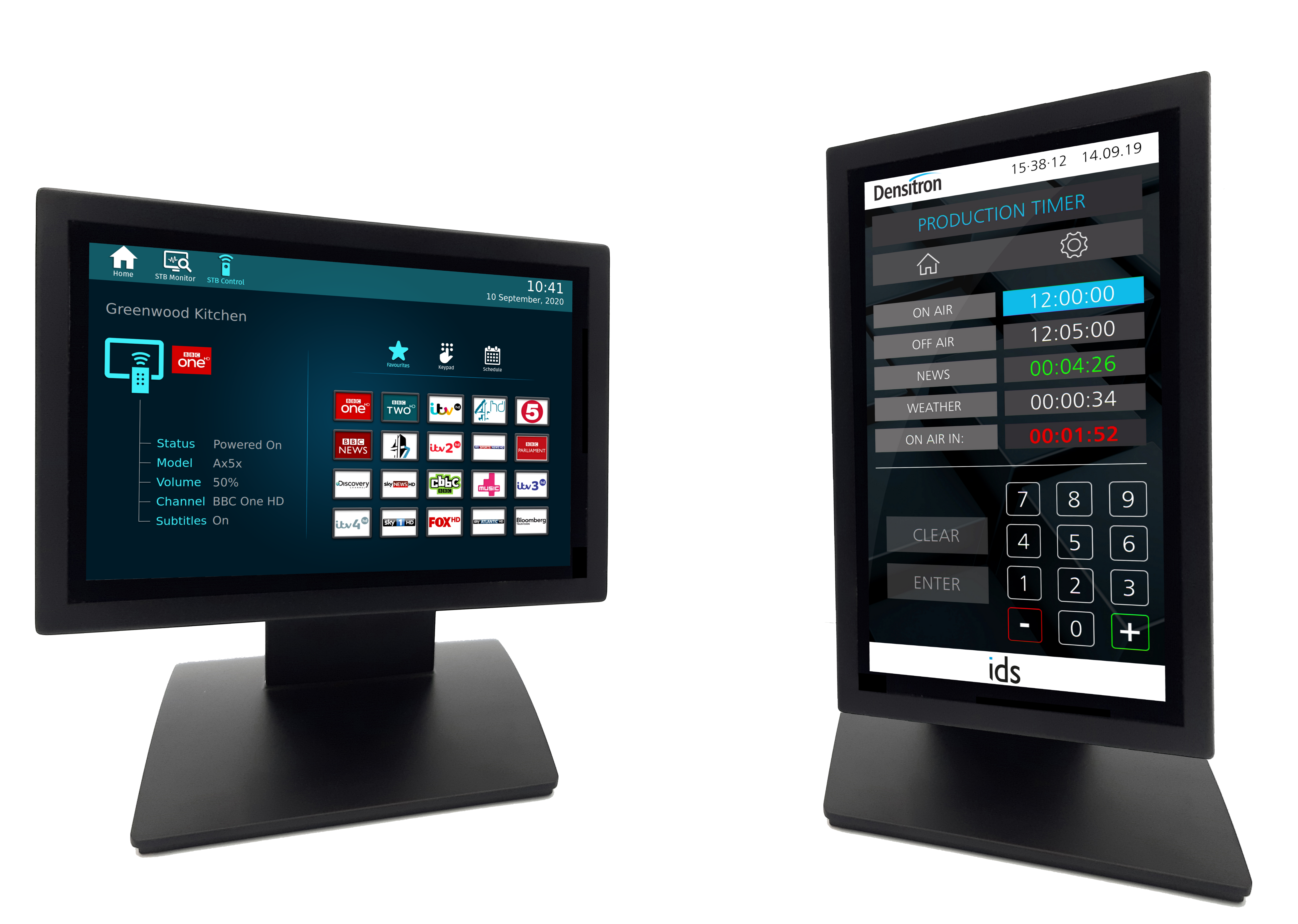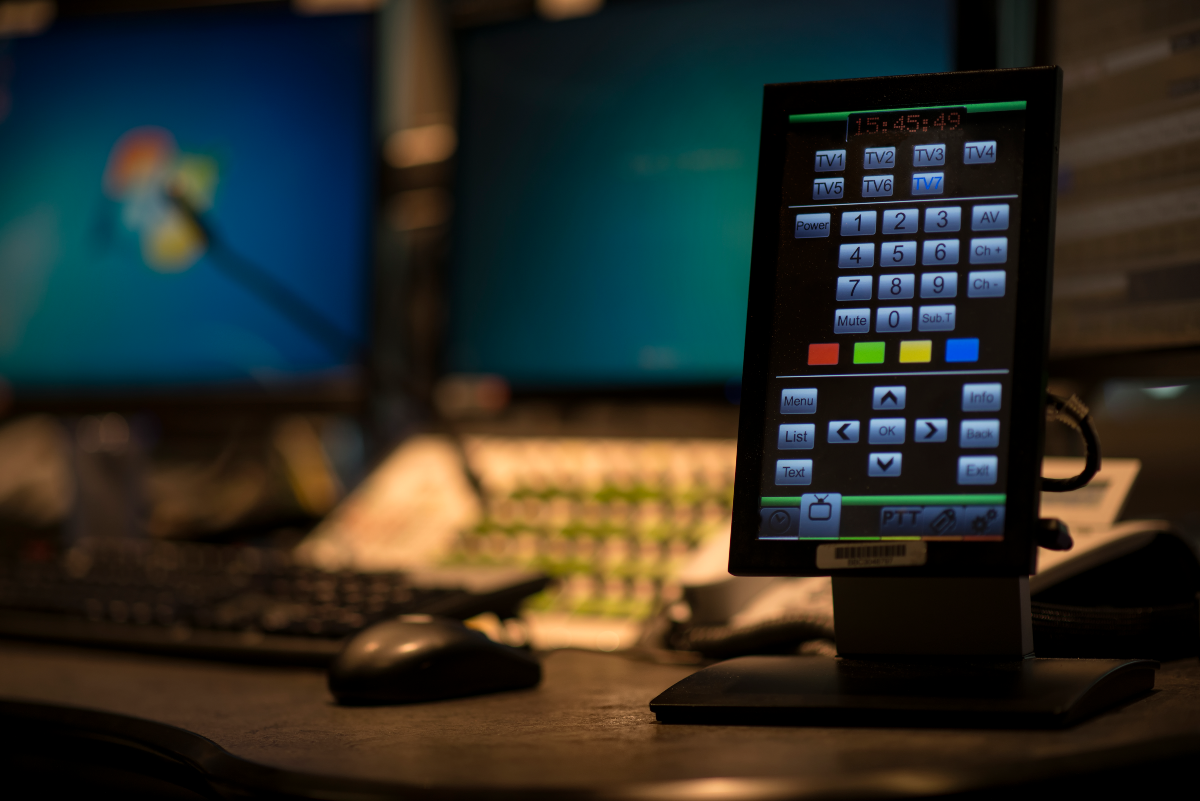Technology’s Potential to Transform Worship For All
 I’ve been booed off stage. Wait – it gets worse. I’ve been booed off stage, in a church, on a Sunday. I remember sitting on the stage after that opening night of our Christmas production years ago knowing we had a 14-night run of this theatrical catastrophe ahead of us. Meanwhile, a pastor waited to have a “word” with us in his office. I still shudder at the memory more than two decades later.
I’ve been booed off stage. Wait – it gets worse. I’ve been booed off stage, in a church, on a Sunday. I remember sitting on the stage after that opening night of our Christmas production years ago knowing we had a 14-night run of this theatrical catastrophe ahead of us. Meanwhile, a pastor waited to have a “word” with us in his office. I still shudder at the memory more than two decades later.
Leaving behind the boos, there were also cheers. I’ve witnessed thousands of congregants transported during a worship service where everything – the music, the message, the visuals, all of it – simply worked.
So it’s undoubtedly worth taking the time to understand the role that technology can play in determining whether our efforts are rewarded with boos or cheers.
Temperamental Technology
The simple fact is that – regardless of denomination or worship style – nearly all places of worship now use some kind of AV technology. At the simplest level it could just be a microphone in the pulpit; at the other end it could be a full-scale production that rivals a secular event in an arena. Simultaneously, the need for technology to communicate the gospel message has never been more apparent – just consider how many services were enabled during the pandemic through streaming by smartphone.
The challenge for many houses of worship is the (sometimes) temperamental nature of tech. Nothing will derail an otherwise transformative service into a train wreck like tech gone awry. What sound person hasn’t been the recipient of accusatory stares after some bad button-pushing led to bad feedback instead of soaring vocals?
Many houses of worship find themselves at the mercy of dated, patchwork and/or poorly integrated tech installed by some now-long-gone volunteer. In this context, it’s unsurprising that some working in a worship environment have a less-than-positive perception of technology. But with some careful steps, this view can be transformed, too.
Technology and Transparency
Like voices in a choir coming together to deliver a clear message, it helps if all the tech elements in a house of worship are perceived collectively. Technology should never be an afterthought, and systems that are overwhelming can be as distracting as those which malfunction. But it’s my observation that transparent AV and control are often responsible for the most resonant worship experiences in the sense that you don’t fixate on individual elements such as the lights or the haze – instead, it’s the overall impact that stays with you.
With all this in mind, here are some lessons from my 2.5 decades as a church production director that might be useful for you in enhancing HoW technology experiences…
MoTs
From the moment a congregant enters your building to the time they leave, they are having an experience. If we enlarge our thinking beyond the topics of the sermon and the music to every touch point a congregant encounters, we can look to create deliberate experiences. In one church I worked for we called these “Moments of Truth”, or MoTs. We would examine everything from signage to specific elements of the service itself. It can be a deep rabbit hole, but it has to be worth finding out what MoTs your congregants are experiencing.
 Production Meetings
Production Meetings
We had weekly production meetings that served two purposes. Firstly, to evaluate the week behind us and secondly, to prepare for the week ahead. In our church, everything started with the pastor’s message. All the tech, the music, and the rest of the experiential elements were deliberately aligned with that content.
One word of caution, however. These meetings can easily devolve into gripe sessions. Don’t let that happen because it’s the pits!
Subtractive technology
Every church I’ve ever served or attended has had issues with their tech. I assure you that those highly polished productions have a crew behind them that’s spent countless hours trying to figure out why some black box isn’t working. You are not alone!
A common mistake is to throw good money after bad, and that’s why so often houses of worship have a patchwork of technology that’s evolved over the years. With legacy systems, it actually makes much more sense to try subtracting first. Remove pieces that are no longer functioning and streamline the tech you already have. Think of it as another form of stewardship.
Unify control
One of the best ways to improve your tech is to unify the control of it. How many remote controls are in your sound booth? How many separate buttons need to be pushed for your systems to be powered on? Streamlining control of your system makes it much easier to use and more reliable. This is a requirement that Densitron itself has acknowledged with the Intelligent Display System (IDS) that enables unified display and control of all your technical systems. Originally developed for the high-pressure world of broadcast, IDS can also bring both flexibility and simplicity to a HoW installation.
IDS is already being used across houses of worship to transform information display monitoring enabling sermons to be structured and managed more efficiently.
Many large-scale houses of worship will have access to multiple content streams from a number of different locations, whether on site or off premises. These can include cameras, web streams and other video sources. IDS can be quickly configured to be a routing panel, with simple and easily identifiable sources and destinations, making your content much easier to manage.
Another feature of IDS is that it easily integrates with all broadcast systems, eliminating compatibility issues and seamlessly creates the exact configuration you need to deliver synchronicity across your audio and visual inputs. As a network-based system, it allows you to create and automate operations, from dimming lights to dynamic noise monitoring. With full support for Visca, Panasonic and NDI protocols, you have the ability to stream a sermon back to a number of locations for complete pastoral engagement, cut to feeds and streams from across the campus, as well as dynamic control of cameras – all from a central location.
De-silo Your House of Worship
Most houses of worship have a siloed approach; it’s rare for them to partner with others in their area for ministry work. That’s a larger topic of discussion, but do consider reaching out to other places of worship in your area that are doing tech work you admire. Regular meetings where worship directors can discuss what does – and does not – work can be hugely beneficial for all.
In conclusion, if we begin to consider technology as part of worship and work to give it its own unique voice, we can achieve transformative experiences much more frequently. And anything that translates to more cheers than boos can only be good news.




